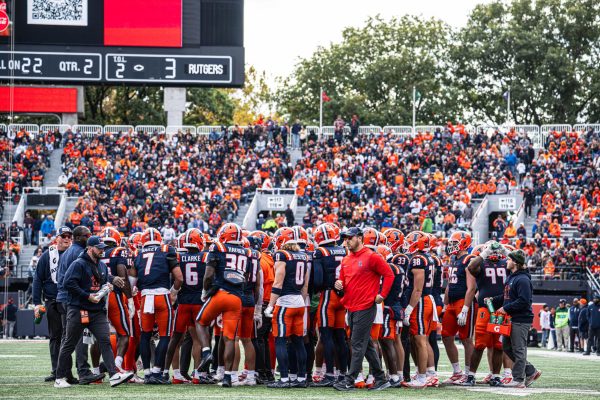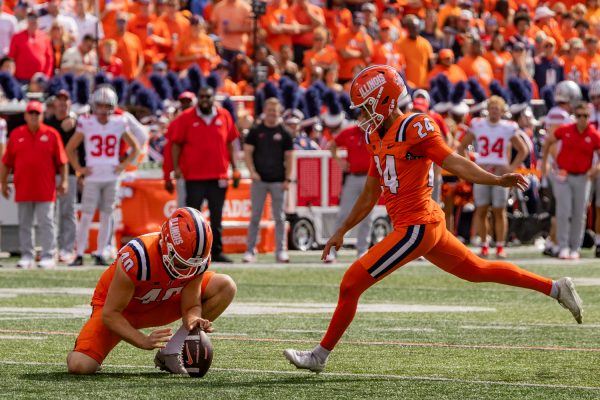Traditional polling methods not adding up
Apr 19, 2017
The 2016 presidential election revealed the true extent of American political division, but it also showed another troubling divide: the gap in methods and subsequent results between traditional and modern polling.
Sheldon Jacobson, computer science professor at the University and one of the leaders of Elections Analytics at Illinois, used publicly available data, in part amassed over landline telephones, for his analytics. He said that while the information his team used employs a multitude of methodologies, ranging from cellular to landline telephones, landlines are being phased out by Americans and their use by pollsters is causing a misrepresentation of the population in polling results.
“One of the big challenges over the last 10 years is that most of the polling was done with landlines, but the difficulty is that the number of landlines in this country is shrinking,” Jacobson said. “This has been a challenge over the last few election cycles as (we ask), ‘Are we getting the right information from the right sources that accurately represent the population?’ As we saw in 2016, we did not.”
Election Analytics at Illinois predicted Hillary Clinton as the winner during the fall semester with 100 percent chance for a presidential victory. While the analytics pointed completely opposite of the truth, its errors were in good company; FiveThirtyEight and New York Times both had Clinton at a confident margin of success over the eventually victorious Donald Trump.
William Widjaja, sophomore in Engineering, sees the same problem as Jacobson in the way information is collected for polls. He saw it far ahead of the election at a side job doing surveys.
Get The Daily Illini in your inbox!
“I was able to see I’m not reaching 90 to 100 percent of the population I’m sampling,” Widjaja said. “The way I was doing it at the time, going around in my local area and gathering opinions in that biased way, asking them these pointed questions and sometimes offering them candy just to get them to sit down for a couple minutes. I was able to see, ‘Alright, I’m missing a lot of people. And all those people who said no, they have opinions at the end of the day and there’s got to be a way to get to them.’”
To fix the polling problem, Widjaja developed an algorithm pulling data from social media. The algorithm ranks freely shared thoughts on Twitter and other social media sites from negative one to one determining how negatively or positively the user views a topic or key phrase. He believes it removes leading questions and no-response biases. His startup, Convey, uses the algorithm. It correctly predicted Brexit as well as Trump’s win.
Although Widjaja believes traditional methods like landlines have been rendered nearly useless, he has found inspiration in polling pioneer George Gallup, who first popularized landline use for polling.
“In 1936, George Gallup did something revolutionary. A lot of major polling firms used mail polls and what Gallup did instead was that he called people,” Widjaja said. “Gallup would be able to predict the presidential election at that time, and he continued to be able to do so for many more elections — even with a smaller sample size — and the reason that worked is because of the better representation of the population. The average man or woman at the time didn’t have time to fill out a letter and send it back. A lot of people just had time for a call.”
Jacobson believes we are once again in the middle of two waves that have affected polling methodology. He thinks some pollsters see it and will have to alter their methods to get out in front of it.
“We’re in this transition period of polling, which is why it’s so challenging to get good information from polls. Eventually it will stabilize,” Jacobson said. “These companies have been doing this for a long time. They understand that to get a sample, they need to reach a lot of diverse people, and if you limit the communication means to a single footprint—which is landlines or even just cell phones—you’re going to miss some people.”
Widjaja hopes Convey can ride the wave for now.
“I think part of what I’m doing will become the new method of how people get information,” Widjaja said. “I want to be at the forefront of that revolution.”





